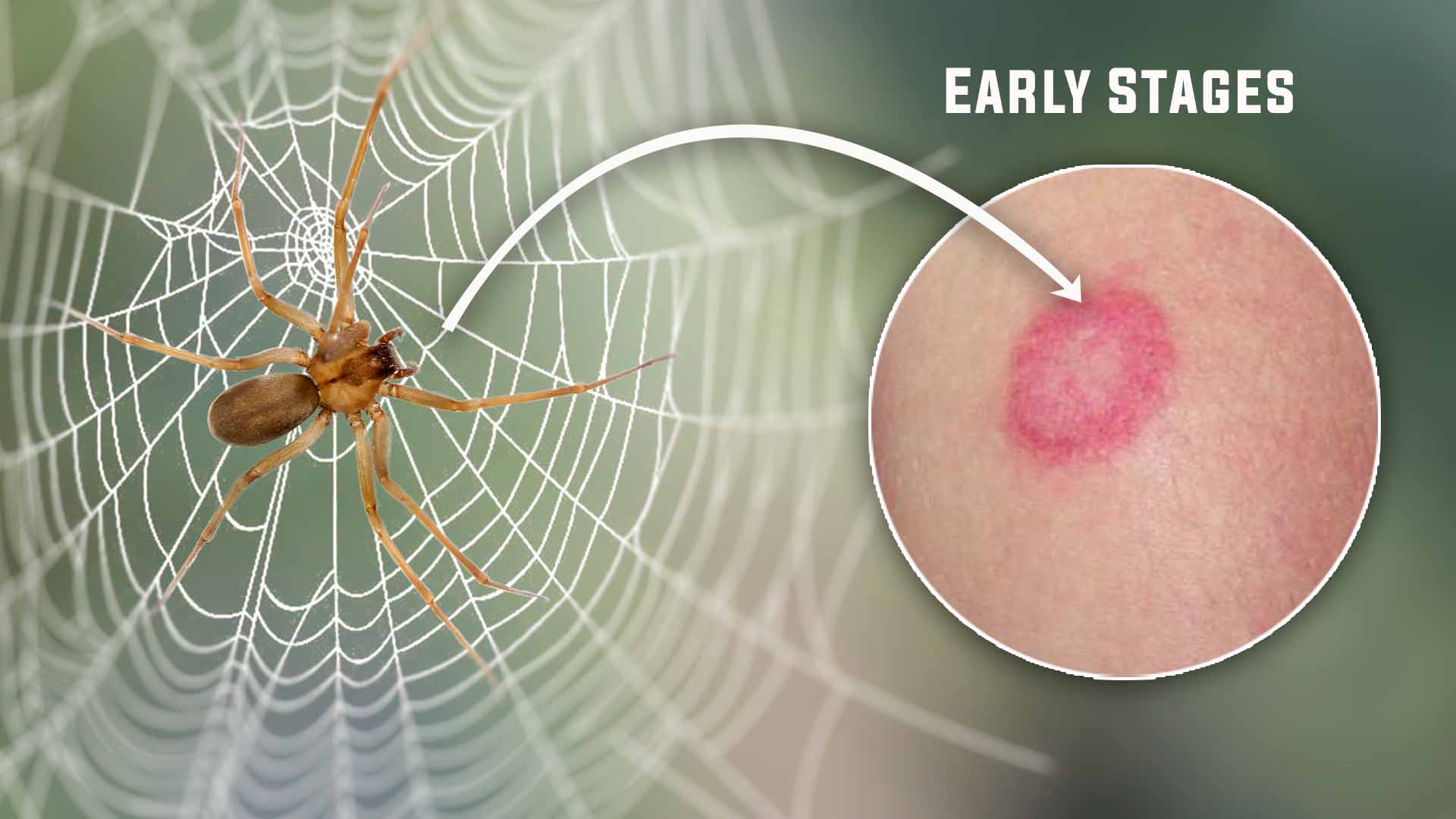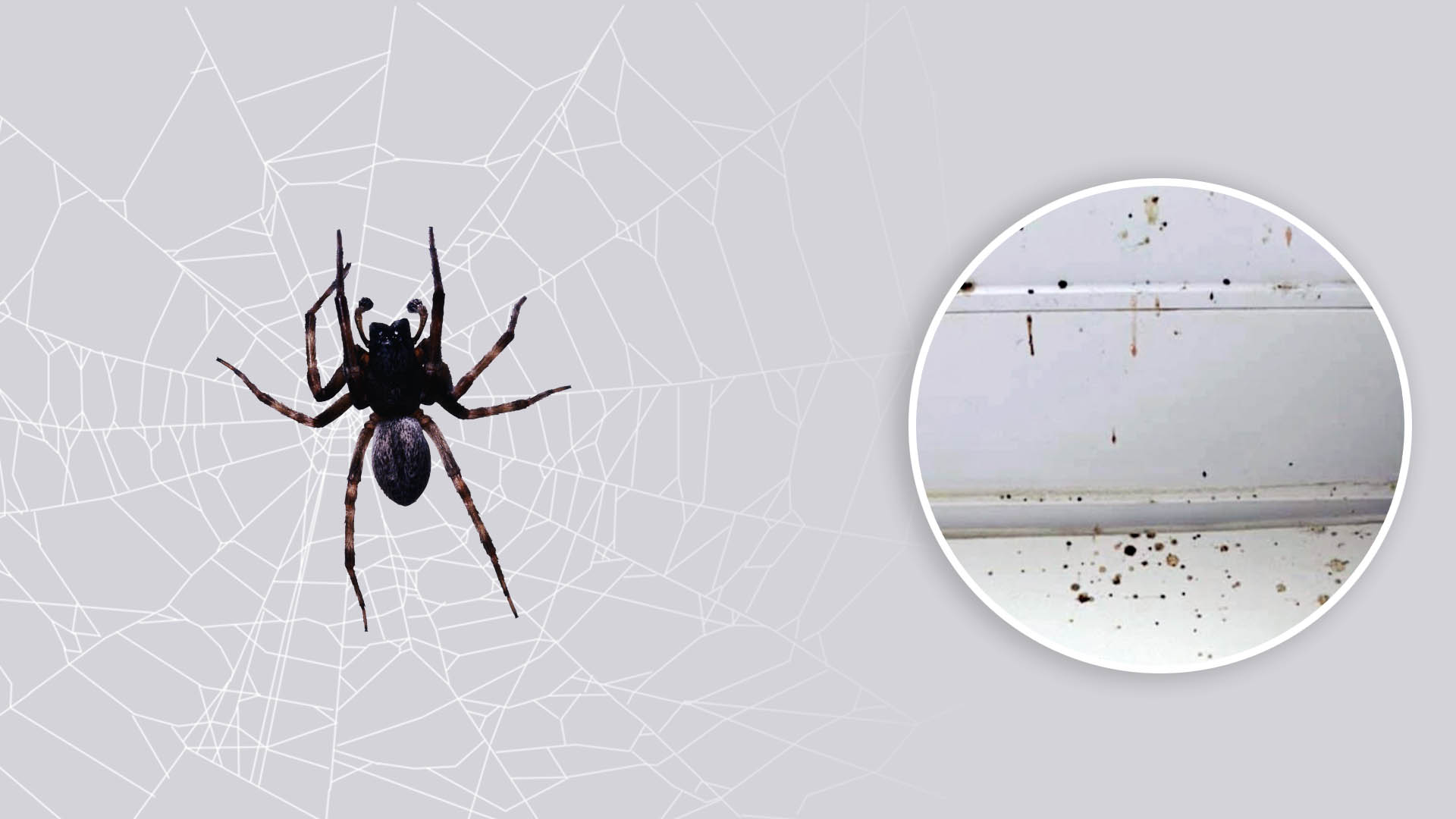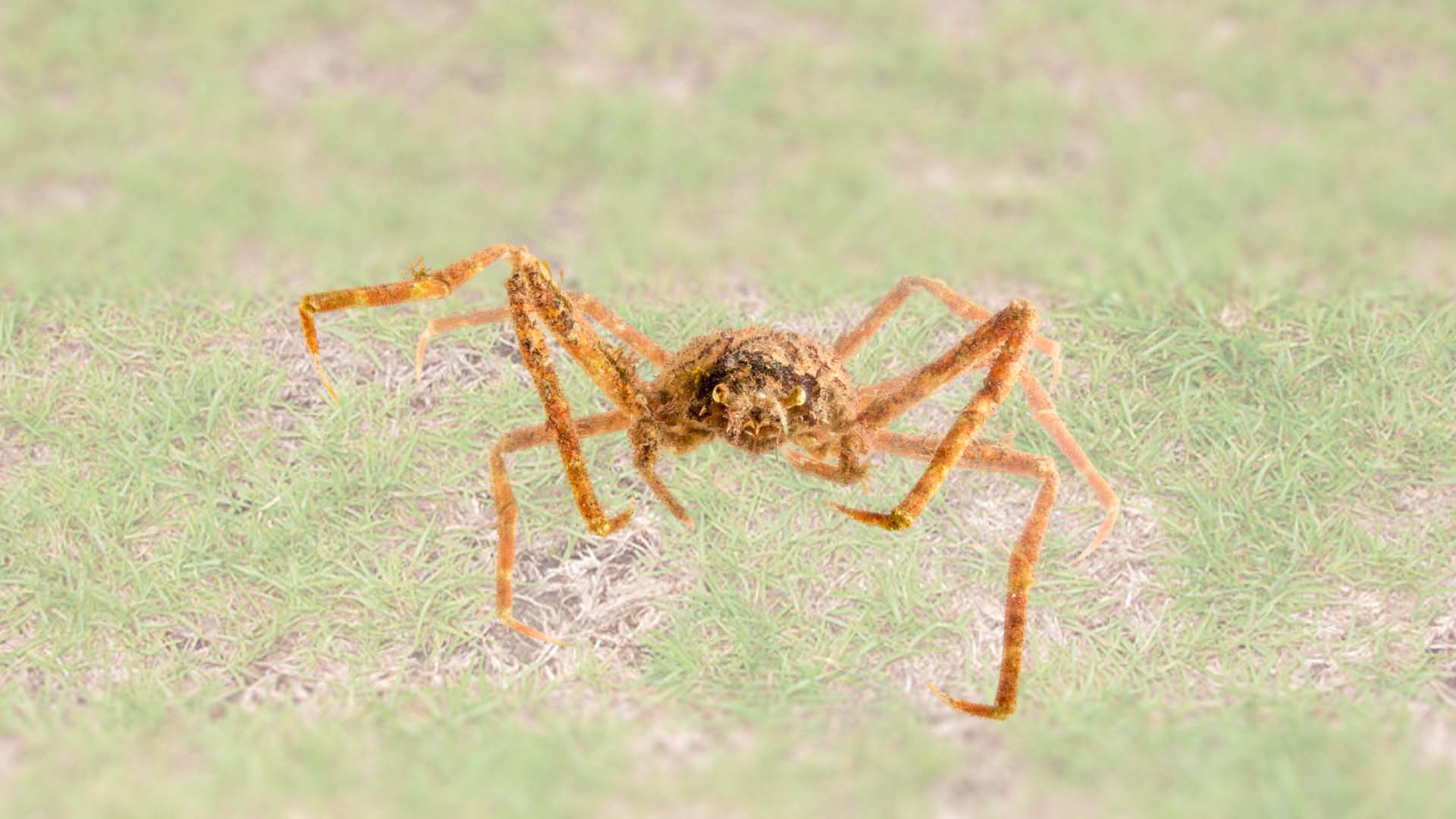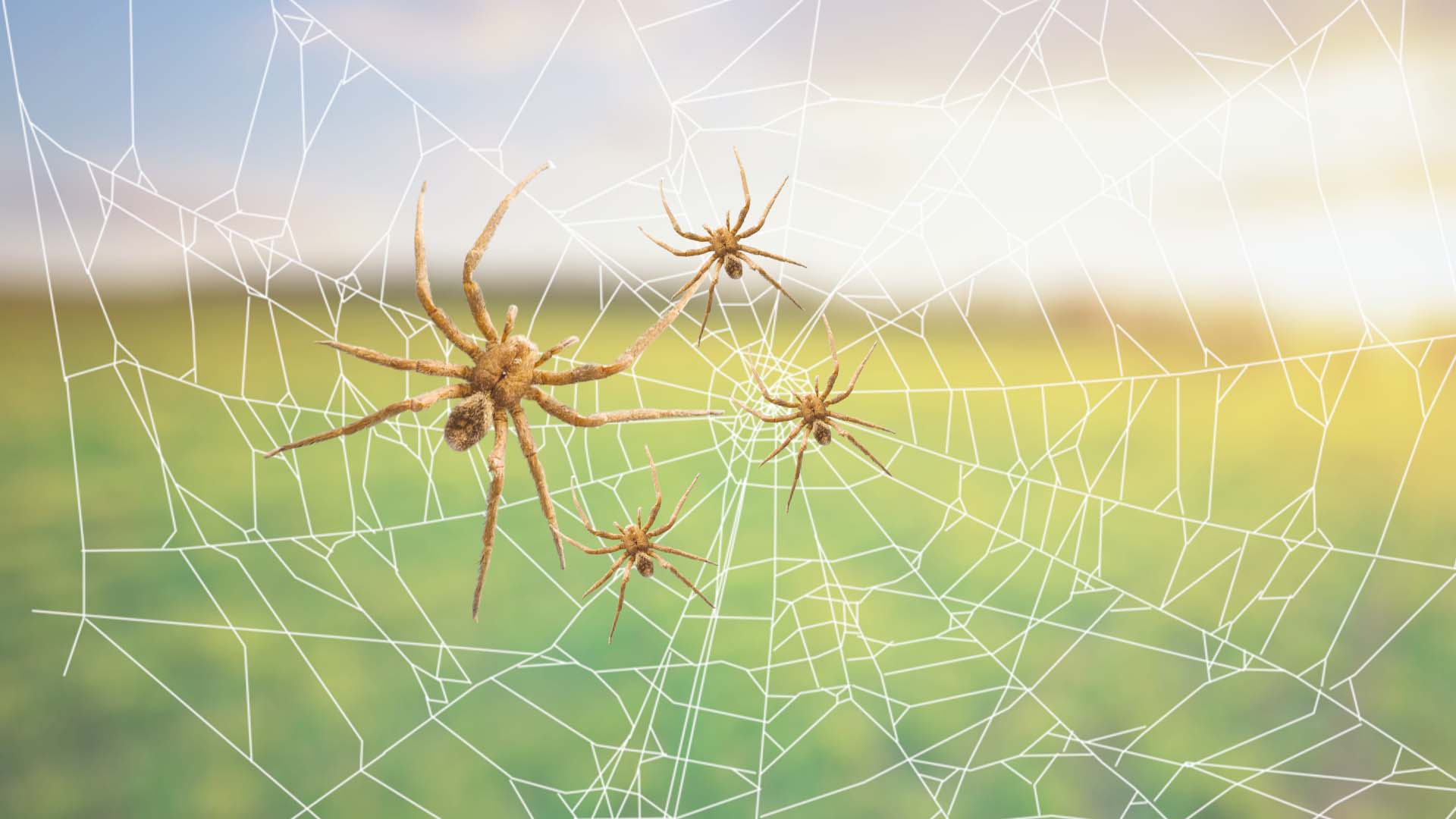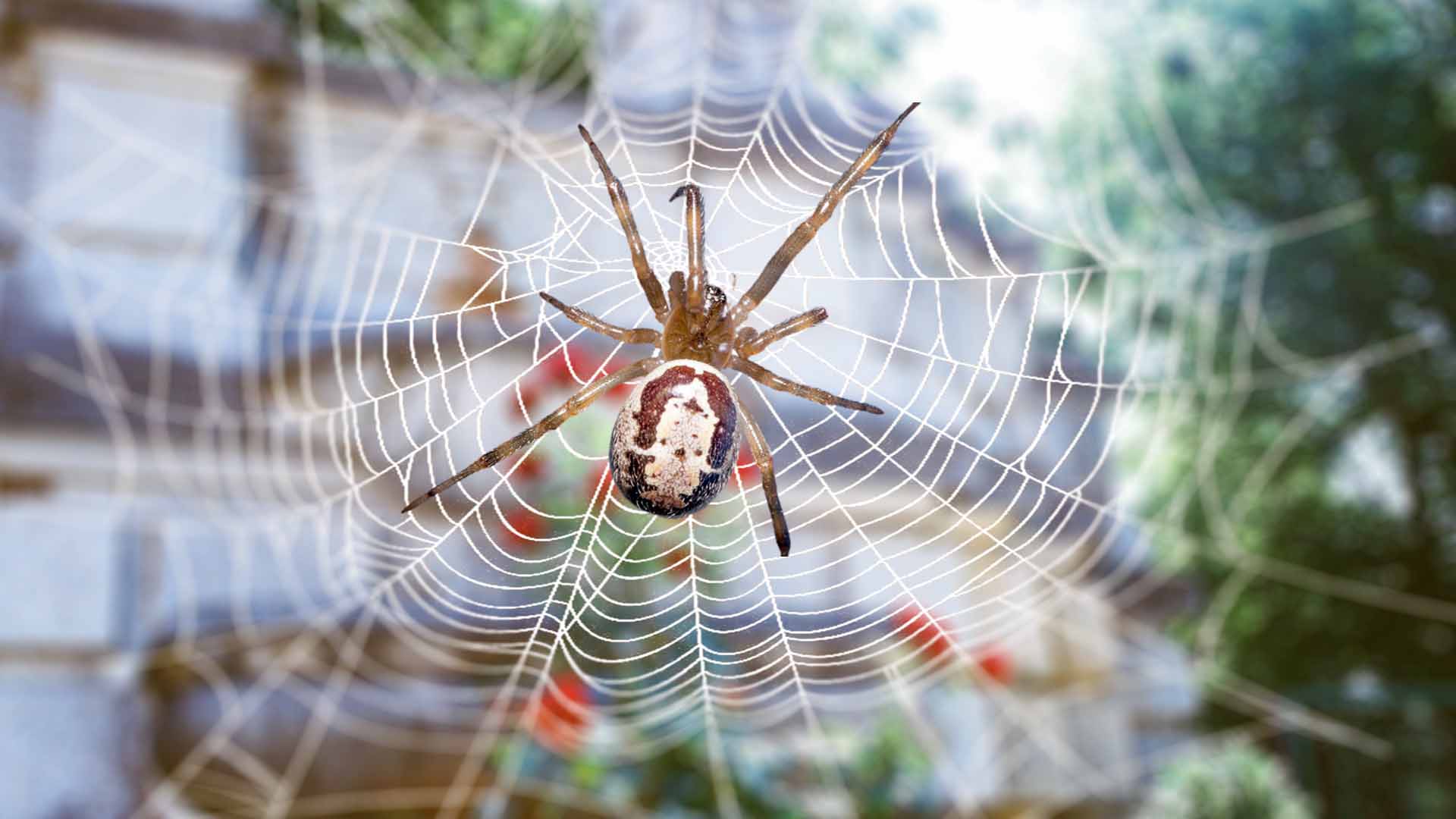Encounters with spiders can leave us wondering about the potential risks and consequences of their bites. Among the various spider species, the Brown Recluse stands out due to its reputation for delivering venomous bites that can lead to skin necrosis and other complications. In this guide, I will walk you through the early stages of a Brown Recluse spider bite, providing valuable insights and actual pictures to help you better understand and identify the signs and symptoms.
Understanding the Brown Recluse Spider
Before delving into the details, it’s crucial to acquaint ourselves with the Brown Recluse spider. This arachnid, scientifically known as Loxosceles reclusa, is characterized by its distinctive violin-shaped marking on the cephalothorax. Found predominantly in regions of the United States, the Brown Recluse is known for its secretive and solitary nature.
Early Stage Signs and Symptoms
Identifying a Brown Recluse spider bite in its early stages is vital for timely intervention. Here are the common signs and symptoms that might appear within the first 24 hours of being bitten:
- Redness and Itching: One of the initial indications of a Brown Recluse bite is redness around the bite area. The affected skin might become inflamed and itchy. This redness might not be immediately alarming but can gradually intensify.
- Pain and Discomfort: Early stages of a Brown Recluse bite often manifest as localized pain and discomfort. The area might feel tender to the touch, and the pain can range from mild to moderate. The discomfort is usually more noticeable than that from a regular insect bite.
Pictures of Early Brown Recluse Spider Bites
Note: The following pictures depict real-life Brown Recluse spider bites in their early stages. If you suspect you have been bitten by a Brown Recluse spider, it’s essential to seek medical attention. These pictures are meant for informational purposes and should not replace professional medical advice.
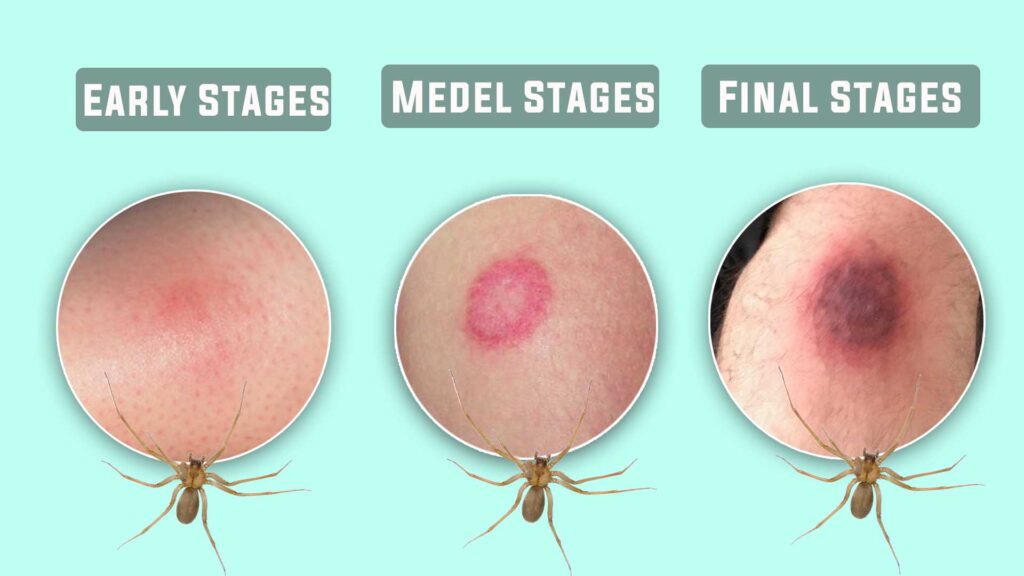
Comparison with Other Bites
Distinguishing a Brown Recluse spider bite from other insect bites or skin conditions can be challenging. Here’s a brief comparison to help you differentiate:
- Mosquito Bites: Mosquito bites tend to cause small, itchy bumps that are often clustered together. Unlike Brown Recluse bites, mosquito bites are rarely associated with severe pain or tissue necrosis.
- Bedbug Bites: Bedbug bites usually appear as small, red, itchy welts that are often in a linear or clustered pattern. They might be accompanied by a telltale “breakfast, lunch, and dinner” pattern of bites.
What to Do in the early stage, if You Suspect a Brown Recluse Bite
If you suspect you’ve been bitten by a Brown Recluse spider, here’s a step-by-step guide on what to do:
- Clean the Area: Wash the bite site gently with mild soap and water to reduce the risk of infection.
- Apply Cold Compress: Applying a cold compress can help alleviate pain and reduce inflammation.
- Elevate the Area: If the bite is on an extremity, try to keep it elevated to minimize swelling.
- Monitor Symptoms: Keep a close eye on the bite area for any changes. If you notice increasing redness, swelling, or worsening pain, seek medical attention.
- Seek Medical Help: If you experience severe symptoms, such as spreading redness, fever, chills, or a growing wound, seek medical attention promptly. You can follow the Spider Bite Identification Chart to identify any kind of spider bite.
Conclusion
Recognizing the early stages of a Brown Recluse spider bite is crucial for timely intervention and appropriate medical care. By understanding the signs and symptoms and comparing them to pictures of real bites, you can make informed decisions regarding your health. Remember that while early detection is essential, seeking professional medical guidance is paramount for proper treatment and management. Always prioritize your well-being and don’t hesitate to consult a medical professional if you suspect you’ve been bitten by a Brown Recluse spider.

